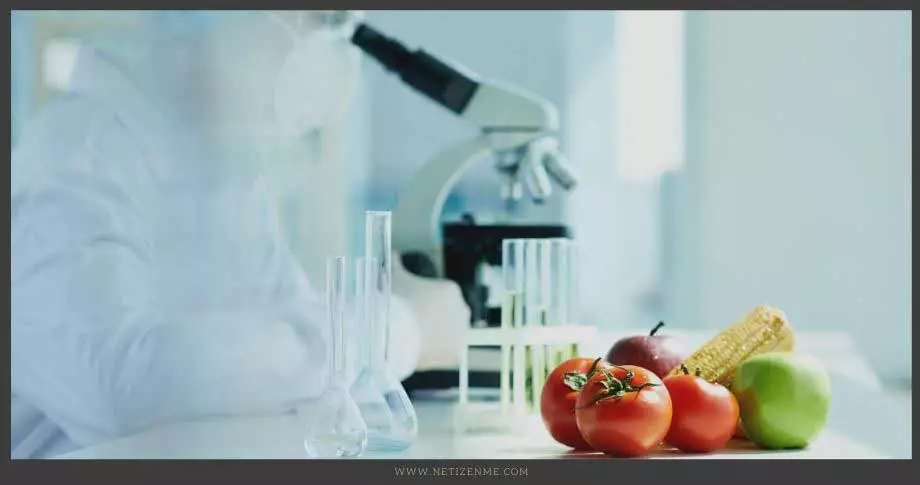Genetically modified (GM) food products are foods produced from organisms whose DNA has been changed using genetic engineering methods. Labeling of GM foods is only required on foods that contain more than five percent GMO ingredients.
Genetically modified (GM) food labeling can be voluntary or mandatory.
Voluntary labeling requires that only GM foods are significantly different from their conventional counterparts in nutritional value, composition, and toxicity, and they must be labeled.
However, mandatory labeling requires that any food products that contain GM materials or have significantly different characteristics due to genetic modification must be labeled.
Impact of labeling of GM food products on producers and developers of GMO foods
The impacts of GM food on producers are likely to be varied, resulting in a net benefit to some while imposing a net cost on others.
Food manufacturers may avoid foods containing GM ingredients, requiring new sourcing and formulation arrangements. If demand significantly shifts away from GM crops, producers of the products would have to shift to potentially higher-cost production.
Establishing and maintaining segregation systems would incur additional costs. GM foods and non-GM foods are often mixed together during harvesting, transportation, storage, or processing. A system to segregate the GM and non-GM products along the food supply chain and maintain them would be necessary.
Trade impacts: Imported products would have to comply with labeling requirements, which might effectively prevent some products from being imported and sold if the producer is unable to verify the ingredients.
Research of GMOs
Advances in genetic engineering have allowed precise control over the genetic changes introduced into an organism. New genes can be incorporated from one species into an unrelated species through optimizing agricultural performance, genetic engineering, or facilitating the production of valuable pharmaceutical substances.
Some cited examples of genetically modified organisms (GMOs) include Agricultural plants, the production of non-protein (bioplastic) or nonindustrial (ornamental plant) products, and the pharmaceutical industry.
GMOs benefit humankind when used for purposes such as increasing the quality and availability of food and medical care and contributing to a cleaner environment. They could make the most of their potential to alleviate disease and hunger worldwide and improve the economy without doing more harm than good if used wisely.
However, without due diligence and thorough attention to the risks associated with each new GMO on a case-by-case basis, GMOs’ full potential cannot be realized.
GMO proponents believe that, with adequate research, these organisms can be safely commercialized. Problems such as the risk of vaccine-expressing plants being mixed with normal foodstuffs can be overcome by having built-in identification factors like pigmentation that facilitate monitoring and separation of genetically modified products from non-GMOs.
How do consumers feel about GMOs?
When it comes to genetically modified organisms (GMOs) in food, consumers’ attitudes are complex and interwoven with their knowledge of the science and public perception.
People are curious about where their food comes from and what’s in it, and that includes GMO ingredients. As the growing number of people who claim they avoid buying GMO foods increases, this demand was responded to with GMO labeling legislation.
However, consumers claim they would be more likely to buy products containing GMOs if a food company were upfront about explaining why it uses them.
Although food industries concluded that there is no discernable difference between genetically engineered and conventional foodstuffs, consumers are still concerned about the impact of GMO ingredients on human health.
Check the following reference articles to learn more about the essential labeling of genetically modified food.
- International Development in Labelling of GM Foods. (2021) URL
- Genetically Modified Organisms (GMOs) | Learn Science at Scitable. (2021) URL
- Grassroots Movements and Environmental Change

- Embracing Sustainability: Lessons from Our Environment

- What exactly does renewable mean?

This article is written by:
Our professional writers and editors are passionate about sharing high-quality information and insights with our audience. We conduct diligent research, maintain fact-checking protocols, and prioritize accuracy and integrity to the best of our capacity.
You can cite our articles under the author name "Netizenme"






